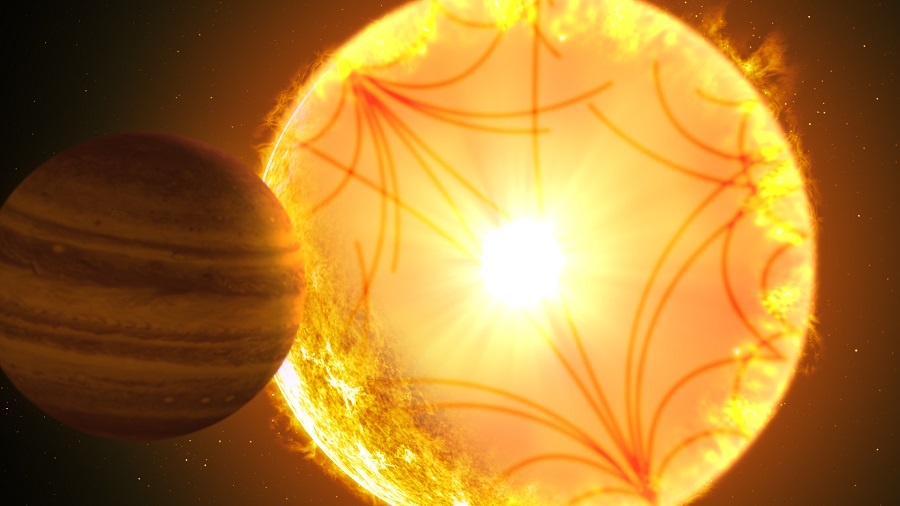
It was the first potential exoplanet identified by NASA’s Kepler Mission ten years ago, and today astronomers including University of Birmingham researchers have confirmed that the discovery made a decade ago is a genuine exoplanet.
Confirmation of the exoplanet, known as Kepler-1658-b, was led by University of Hawai`i graduate student Ashley Chontos, and was presented at the fifth Kepler/K2 Science Conference held in Glendale, CA today (March 6th) and published in Astronomical Journal.
Kepler-1658-b has had a rocky road to being a confirmed exoplanet since it was the first spotted by the Kepler Space Telescope, which launched on March 7th 2009.
The telescope uses the transit method - small dips in brightness as planets cross in front of a star along our line of sight – to reveal ‘planet candidates’, but further analysis is required to confirm them as genuine planets.
Despite being the very first planet candidate discovered by NASA’s Kepler Space Telescope, for much of the time since its signal was discovered it had been marked down as a “false positive” - something in the data masquerading as a real planet. This was in part due to the fact that various properties of the star were off, which made some of its implied characteristics hard to explain.
“Our new analysis, which uses stellar sound waves observed in the Kepler data to characterize the star, demonstrated that the star is in fact three times larger than previously thought. This in turn means that the planet is three times larger, revealing that Kepler-1658 b is actually a hot Jupiter,” said Chontos.
The team in Birmingham were the only researchers in the UK involved in the international research and they played an important role in analysing the stellar sound-wave signal.
Dr Guy Davies, a lecturer in astrophysics at the University of Birmingham’s College of Engineering and Physical Sciences, explains: “We were able to extract this asteroseismic signal from the data using two different techniques, and in so doing pin-down the size of the star with great precision.”
With this refined analysis, everything pointed to a planet, whose presence was confirmed beyond all doubt by follow-up observations made from a ground-based telescope by Harvard-based astronomer Dave Latham and his team.
The planet orbits at a distance of only four times the size of the star itself, making it one of the closest planets orbiting a future version of our Sun. Standing on the planet, the star would appear 60 times larger than the Sun appears in our sky. Kepler-1658b will eventually spiral into its host star, and the extreme nature of the system has given fresh insights on the complex physical interactions between stars and planets.
Professor Bill Chaplin, who leads the Sun, Stars & Exoplanets research at Birmingham, said: “Confirming that Kepler’s first exoplanet candidate really is a planet is a wonderful legacy result, which brings things full-circle, now that Kepler has finished taking data.”
Kepler has observed hundreds of thousands of stars and discovered thousands of exoplanets since it first launched.
For further information please contact Emma McKinney, Communications Manager, University of Birmingham, tel: +44 (0) 121 414 6681, or contact the press office out of hours on +44 (0) 7789 921 165.
- The University of Birmingham is ranked among the world’s top 100 institutions, its work brings people from across the world to Birmingham, including researchers and teachers and more than 6,500 international students from over 150 countries.
- Chontos et al (2019). ‘The Curious Case of KOI 4: Confirming Kepler’s First Exoplanet Detection’. Astronomical Journal.
- The research was carried out in collaboration with Harvard-Smithsonian Center for Astrophysics, USA; Princeton University, USA; Leiden University, The Netherlands; University of Sydney, Australia; Aarhus University, Denmark; Technical University of Denmark, Denmark; Universidade do Porto, Portugal; Ames Research Center, USA; SETI Institute, USA; Tokyo Institute of Technology, Japan; University of California, USA; and California Institute of Technology, USA.
- To find out more about the NASA Kepler Mission work being carried out by Prof Bill Chaplin.